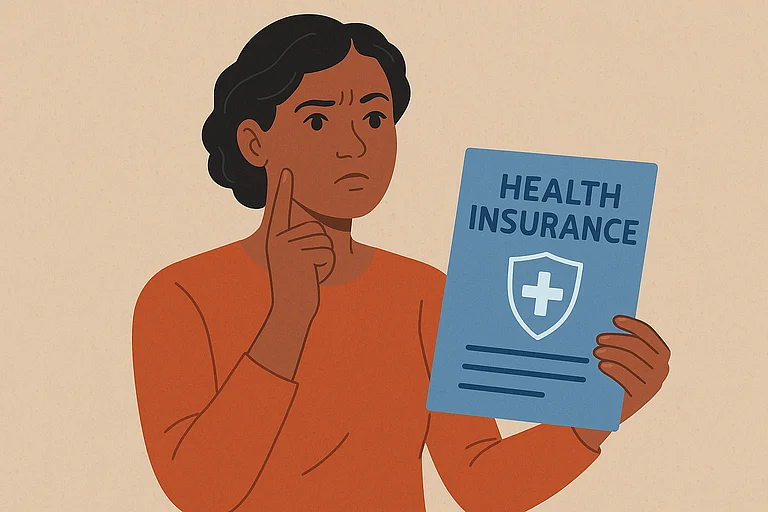The sudden and tragic demise of actress Shefali Jariwala at just 42 years of age, reportedly due to cardiac arrest, has once again stirred a collective anxiety that is becoming increasingly familiar. For many, this is a reminder that heart conditions are no longer limited to the old. They have crept into the lives of people in their 30s and 40s, sometimes even younger, and often with no serious or complicated warning.
Health Insurance: Why Millennials, Gen Z Must Rethink Heart Insurance
Most people assume that a standard health insurance policy is enough. But in reality, many of these policies do not provide the depth of coverage required for serious cardiac events
While fitness routines and green smoothies might dominate urban lives, silent risks, such as hypertension and cholesterol build-up do not always play by the same rules. This shift in health patterns is quietly rewriting how younger people need to think about health insurance, especially when it comes to heart protection.
Can Clocking In Early Help
Many health insurance policies carry waiting periods of two-four years for pre-existing diseases (PEDs) like hypertension. For someone already diagnosed, that can take some years of sitting on a policy which doesn’t fully protect them.
Siddharth Singhal, head of health insurance at Policybazaar.com, an online insurance marketplace, says that younger buyers should seek policies that offer shorter waiting periods or consider opting for a PED reduction rider that brings that waiting time down, sometimes even to nil. But for that, the policy has to be bought before the diagnosis.
“The best time to buy a health policy is before your medical history starts to fill up,” he says.
Don’t Ignore The Fine Print
Most people assume that a standard health insurance policy is enough. But in reality, many of these policies do not provide the depth of coverage required for serious cardiac events.
“Critical illness riders focusing on heart conditions can bridge that gap,” Singhal adds. These riders offer a lump-sum payout when a major heart condition is diagnosed, which is crucial during emergencies. Unlike a reimbursement model, this payout comes without waiting for hospital bills or paperwork, and that makes a huge difference when time is of the essence.
However, it also increases the premium slightly, but for younger people in good health, the difference is typically nominal.
How Can Preventive Check-Ups That Come With Health Plans Help You?
A lot of insurance plans now include features like annual preventive check-ups, diagnostic coverage under OPD, and even wellness-linked rewards. But very few policyholders use them and that’s a missed opportunity.
Regular screenings can detect red flags like high cholesterol or borderline blood pressure well before they spiral into something bigger. Some insurers even reward healthy behaviour, such as discounts on premiums if you meet health goals, which can go as high as 100 per cent.
“Young policyholders should really use what their insurance is already offering, tutorials, health advice, screenings. These aren’t gimmicks. They are nudges that could save lives,” Singhal adds.
Is a Cardiac-Specific Plan Overkill
For someone in their 20s or 30s, a cardiac-specific insurance plan might seem unnecessary. And in many cases, a well-designed general health plan is enough. But that changes if there is a family history, which is one of the key factors insurers use to determine your risk profile and, by extension, your premium.
If your parent or sibling has had a heart-related condition, your insurer will likely classify you as high-risk. That could mean a higher premium, additional underwriting checks, or exclusion clauses. In those cases, opting for a cardiac-specific plan early, while you are still in good health could mean broader coverage and fewer restrictions later.


